Compiled by Walter Sorochan Emeritus Professor San Diego State University
Posted December 28, 2018; updated October 23, 2021. Disclaimer
There is biological evidence that all organisms organize for survival, although they express it in different ways. Humans also have a social survival need, but seldom recognize it. Perhaps we have been swayed by medical science and public health measures and assurances that we are protected. Most persons seem to skim over such a need as they are too busy with other life events. But as you will hopefully discover in reading this article, you are short-changing your chances of attaining optimal wellbeing by ignoring socialization as a human survival need.
So where does one start in understanding that we need to seriously consider socializing as an essential social survival need?
Let us look at how the smallest organisms deal with communication with each other and how they use banding together to survive.
Small microorganisms, small insects, animals and even plants organize into colonies, herds, packs, communities and groups for survival. A review of organisms and how these live provides an explanation about group survival. Mother nature has genetically programmed survival as more important priority for the group than the individual. Here are a few brief examples of how organisms have organized and work together to survive.
Bacteria:
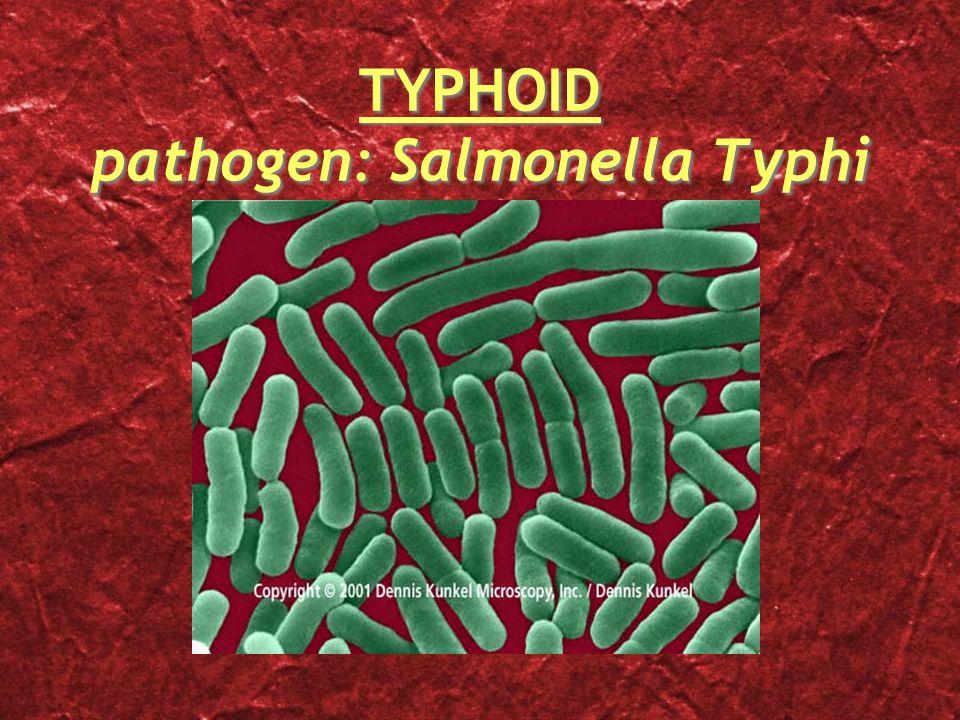 Bacteria live in colonies for a reason. They have
learned that they need protection to survive, cannot do it alone and forming communities
as a good
way to survive. "Give them a suitable surface, some water and nutrients, and bacteria will likely put down stakes and form biofilms. Biofilms are communities made up of many individual bacterial cells held together and stick to surfaces by a kind of biological glue. These sticky, slimy microbial metropolises wreak havoc when they clog medical devices implanted in the body, such as stents and catheters." Ben-Ari: Bacteria biofilm 2013
Bacteria live in colonies for a reason. They have
learned that they need protection to survive, cannot do it alone and forming communities
as a good
way to survive. "Give them a suitable surface, some water and nutrients, and bacteria will likely put down stakes and form biofilms. Biofilms are communities made up of many individual bacterial cells held together and stick to surfaces by a kind of biological glue. These sticky, slimy microbial metropolises wreak havoc when they clog medical devices implanted in the body, such as stents and catheters." Ben-Ari: Bacteria biofilm 2013
[Hint: you can remove dangerous sticky bacteria on the palms of hands by washing with soap and warm water. Soap and water dissolve the sticky bacterial material and water washes the now slippery bacteria away ... clean hands!]
We live with bacteria, and it is usually of unrecognized mutual benefit to us, in that both benefit from the relationship. Good bacteria are known as flora. Take E. coli for instance. It lives in your colon, and it stinks, but it is heavily colonized in your colon. Also it doesn't hurt you as long as it stays in your colon. This flora outcompetes other bacteria for the resources within your gut, and it also aids in digestion. Humans live with bacteria symbiotically, that is, beneficially [you scratch my back and I will scratch yours]. To survive, bacteria talk to each other, stick to each other and form colonies.
Ants:
Ants are another example of organisms that organize for survival. Holbrook and associates at Arizona State University give us a glimpse of how ants live and survive as a social colony: Holbrook: Secrets of ants 2018
"An ant colony is like a factory. Nest-mates work together to convert resources (food) into products (more ants). This process is made more efficient through division of labor, where different individuals specialize on different jobs. Members of an ant colony ‘talk’ with one another to coordinate their activities, but they never have to raise their voices. Instead, ants communicate mainly using chemicals, which they smell with their antennae.
Each individual ant has a tiny brain. But all the ants of a colony combined are pretty smart. Ant super-organisms can solve difficult problems by processing information as a group. One ant by itself cannot do much harm to many larger animals. But an ant colony is a major force to be reckoned with. Hunting in groups allows ants to overcome much bigger and stronger prey. By teaming together, ants can even defend their colony against mammals."
Bees:
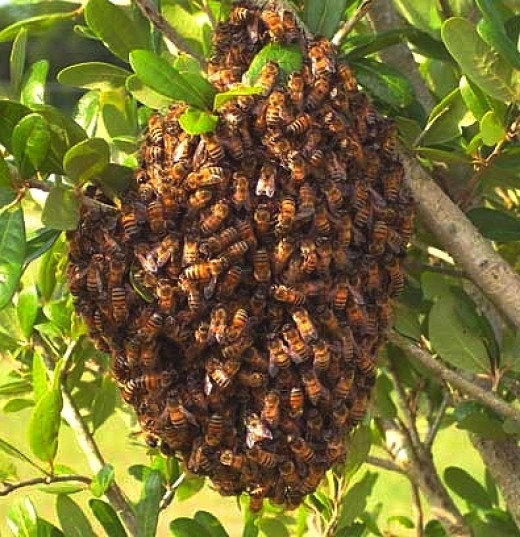 Bees are another good example of how organisms function to survive. Honey bees
are social creatures that enlist a caste system to accomplish the tasks that
ensure the survival of the colony. Thousands of worker bees, all sterile
females, assume responsibility for feeding, cleaning, nursing, and defending the
group. Bees work together to survive. Hadley: Bee colony 2018
Bees are another good example of how organisms function to survive. Honey bees
are social creatures that enlist a caste system to accomplish the tasks that
ensure the survival of the colony. Thousands of worker bees, all sterile
females, assume responsibility for feeding, cleaning, nursing, and defending the
group. Bees work together to survive. Hadley: Bee colony 2018
Bacteria, ants and bees are good examples of how small and big organisms organize for survival. Below are a few illustrations of how animals and ancient humans banded together and adopted to survive:
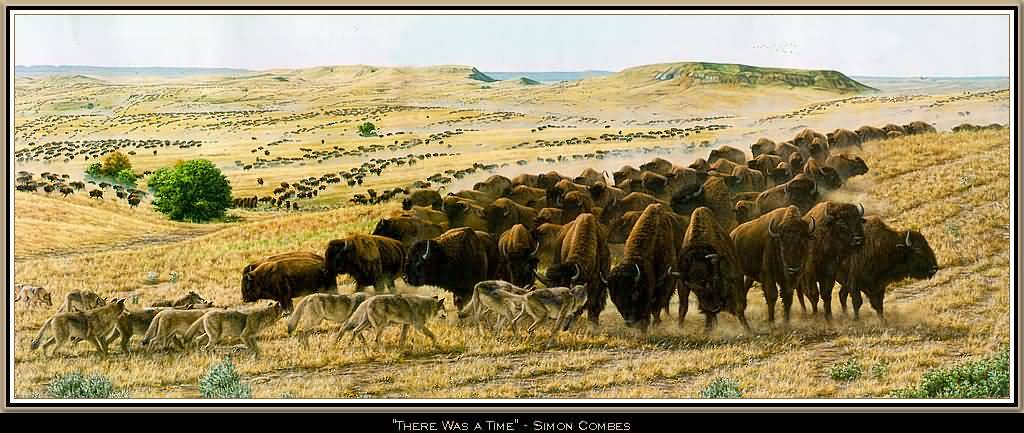 |
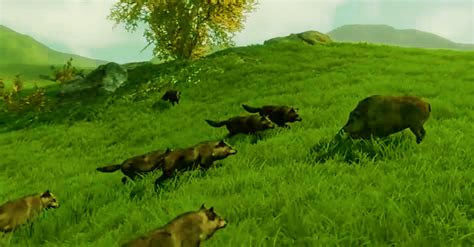 |
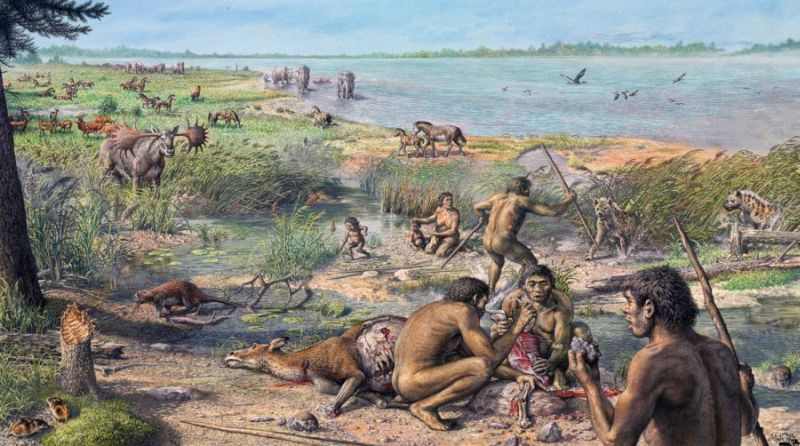 |
| Buffalo herd protecting | Wolf pack banding to hunt | Ancient man banding as tribe |
Animals used their instincts to help each other survive. Ancient humans also recognized the benefits of hunting together, learning from each other, tribal living to provide protection for others and surviving.
Fast forward to today and what we, as humans, need to survive today.
 Touch survival: Scientists have confirmed that babies need to be touched by humans to survive.
Reporter Daniel Golemanfeb reported in the New York Times in 1988 that babies
needed to be touched in order to survive after birth. The experience of being
touched, feeling love and affection, research shows, has direct and crucial effects on the growth of the body as well as the mind.
Touch is a means of communication so critical that its absence retards growth in infants.
Infants deprived of direct human contact grow slowly and even die.
Touch survival: Scientists have confirmed that babies need to be touched by humans to survive.
Reporter Daniel Golemanfeb reported in the New York Times in 1988 that babies
needed to be touched in order to survive after birth. The experience of being
touched, feeling love and affection, research shows, has direct and crucial effects on the growth of the body as well as the mind.
Touch is a means of communication so critical that its absence retards growth in infants.
Infants deprived of direct human contact grow slowly and even die.
Researchers determined that neurochemical effects of skin-to-skin contact are essential for human survival. The research suggests that certain brain chemicals released by touch, or others released in its absence, may account for these infants' failure to thrive. Golemanfeb: Touching critical for survival 1988
This information has great implications for everyone .... children, teens, adults and seniors. People need to have direct contact with people to stay healthy and survive. It is an unrecognized human survival need.
The human touch is a biological need that can take form in many ways, a few are illustrated below:
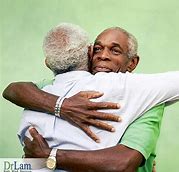 |
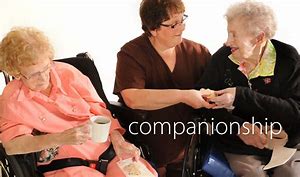 |
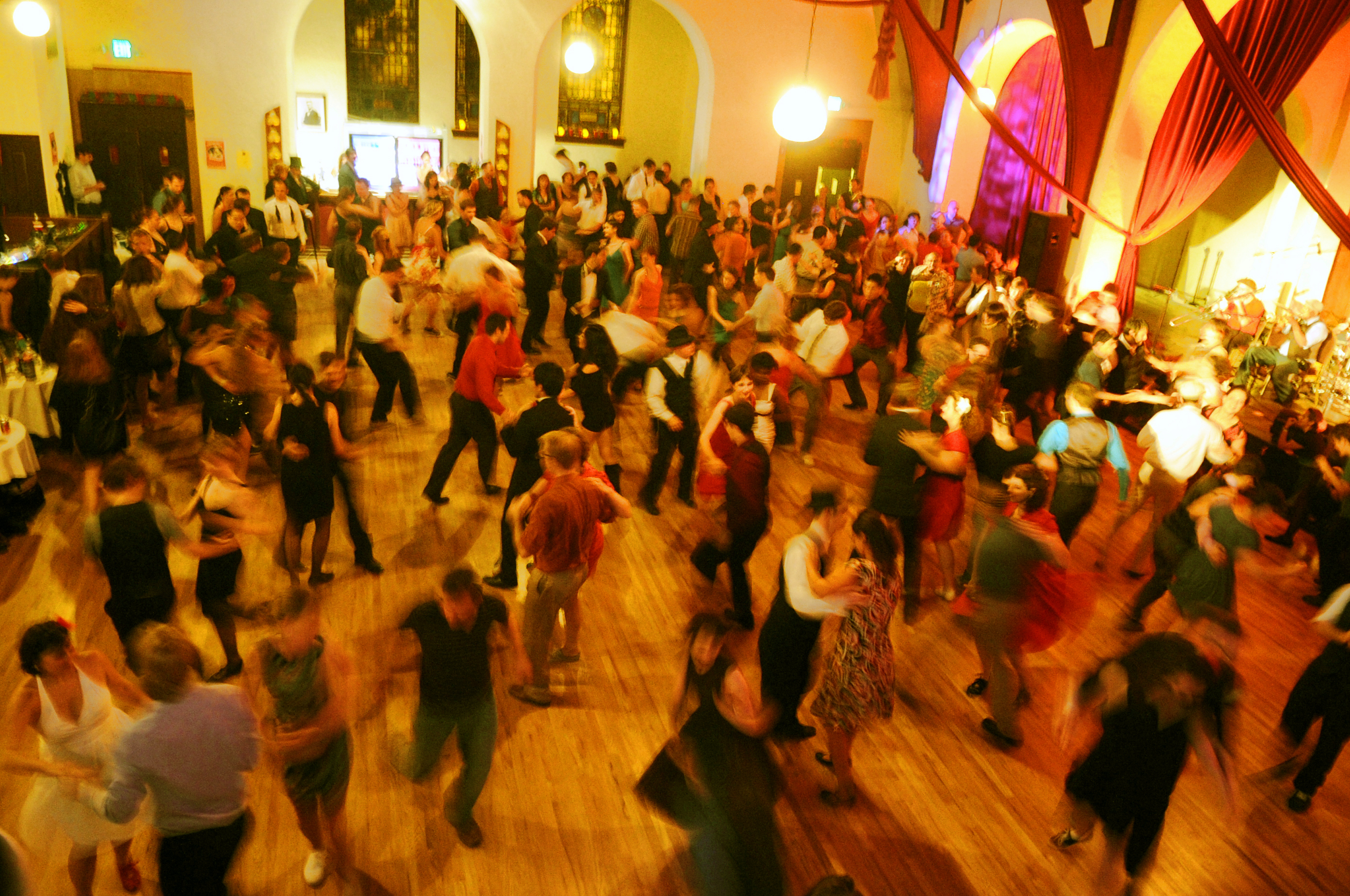 |
| Love -10 hugs a day | Companionship, visiting | Dancing - Socializing with many touches |
Summary: The author provided supporting evidence that humans need to socialize as a way to survive and thrive. Although adults are physically grown up, they still need that 'couch the skin' communication to thrive.
Our modern lifestyles interfere with fulfilling our social needs. This has contributed to many of our health-life problems.
Here are a few of these disruptive lifestyles:
- Many commute long distances to/from work and often get stuck in traffic for long periods of time. This has shortened social contact time with others.
- Computers, as a nano-technology, have isolated us. On the one hand we have the information age and an online library but no direct social contact. Working on computers is not the same as direct visit communication.
- Many persons now live in communities and do not know their next-door neighbors. They do not socialize with them and they live as strangers.
- The political arena has made us afraid to discuss sensitive issues. Hence, we withdraw from others.
- Abuses of females: Many women have been abused and raped during dates as well as in work places. Such abuse is limiting hugging and body contact.
- Watching TV often interferes with and replaces direct contact with another person. Television takes time away from socializing and makes us strangers.
- We have substituted cell phones in place of visiting and socializing in person. C-phones are not a 'touch the skin' communication as in baby affection touching.
These are some of our lifestyle habits that many substitute for communicating and socializing directly with others. Lack of direct social communication with others on a regular basis changes the neurochemistry of the body that, in turn, alters how people feel. When this happens, many tend to feel neglected, isolated, lonely and depressed. It should not be surprising that many depressed and lonely persons turn to habit forming substances, like food and drugs, to fill the void of feeling good.
Lack of direct touch socializing has great implications for children, teens, adults, seniors and everyone. Based on survival of small organisms and larger wild animals, it is very possible that mother nature has programmed a genetic code for social survival that humans have swept under the carpet. But one thing is certain, people need to have social contact with people to stay healthy, thrive and survive. Socialization is an unrecognized human survival need.
References:
Ben-Ari Elia, "Oh, What a Tangled Biofilm Web Bacteria Weave," LiveScience, May 1, 2013. Ben-Ari: Bacteria biofilm 2013
Golemanfeb Daniel, "The Experience of Touch: Research Points to a Critical Role," The New York Times, February 2, 1988. Golemanfeb: Touching critical for survival 1988
Hadley Debbie, "The Roles of Queens, Drones and Worker Honey Bees," ThoughtCo., September 16, 2018. Hadley: Bee colony 2018
Holbrook Tate, Rebecca Clark, and Brian Haney, "Secrets of a Superorganism," Arizona State University - Ask A Biologist, December 25, 2018. Holbrook: Secrets of ants 2018
Woese Carl, "What is biological spectrum," Reference. Wrong connection Woese: biological spectrum